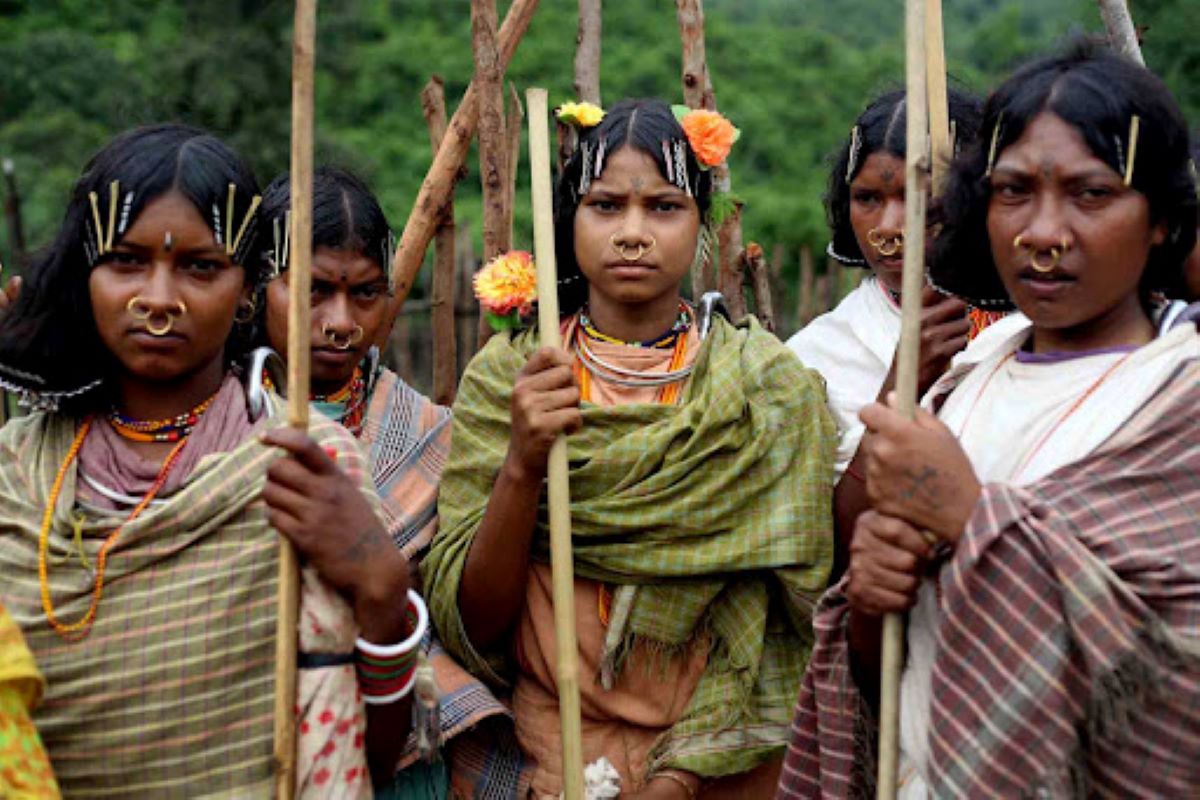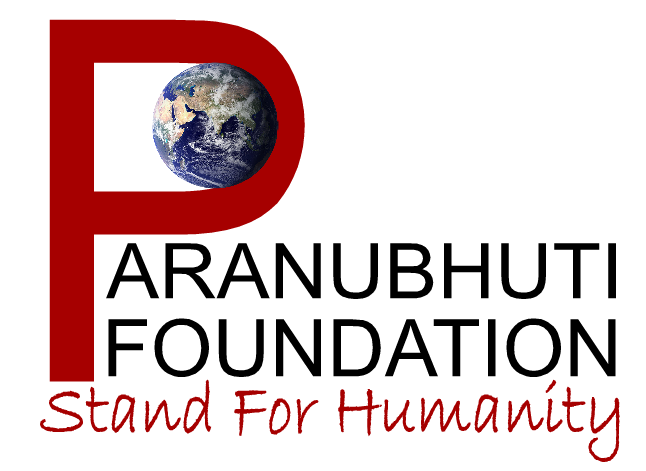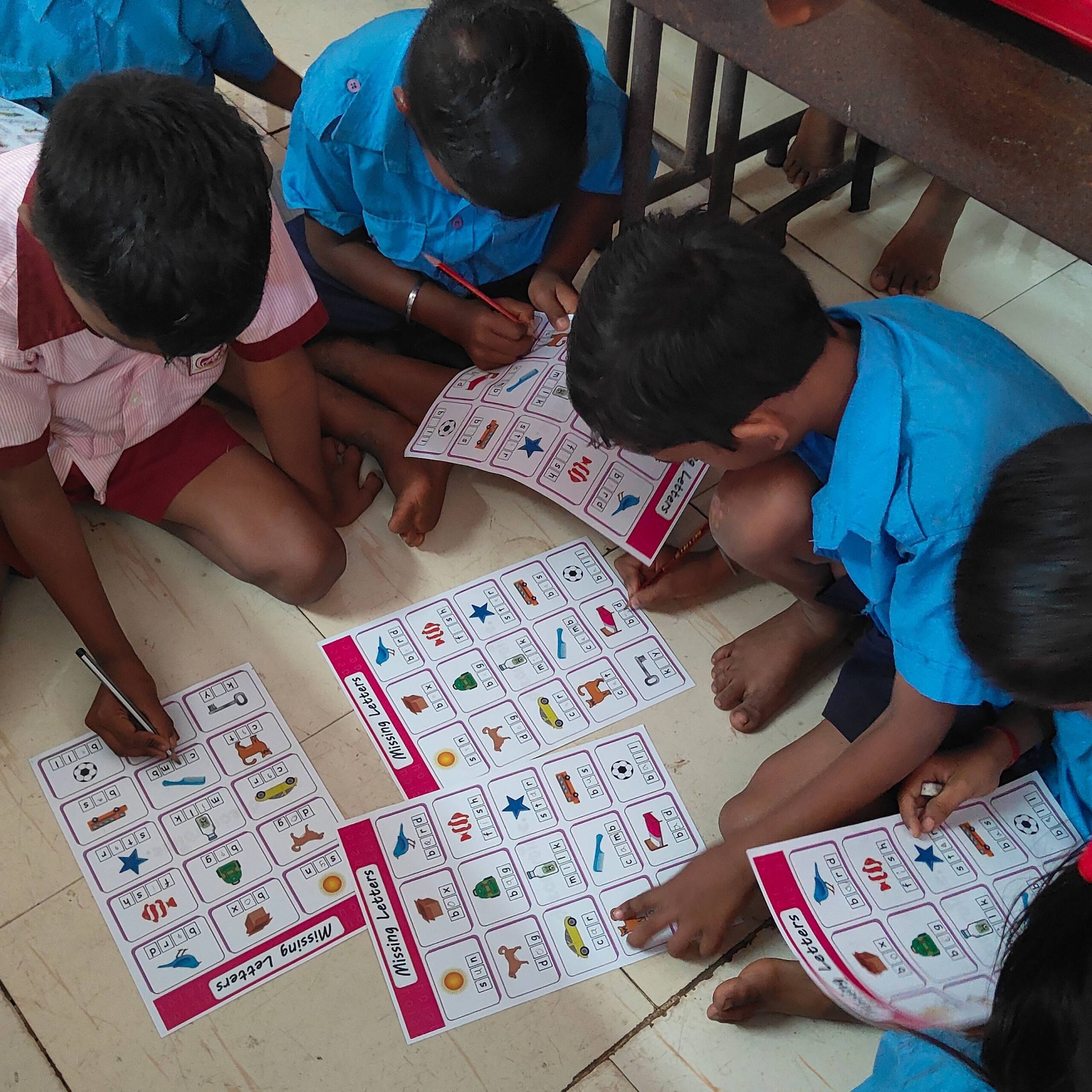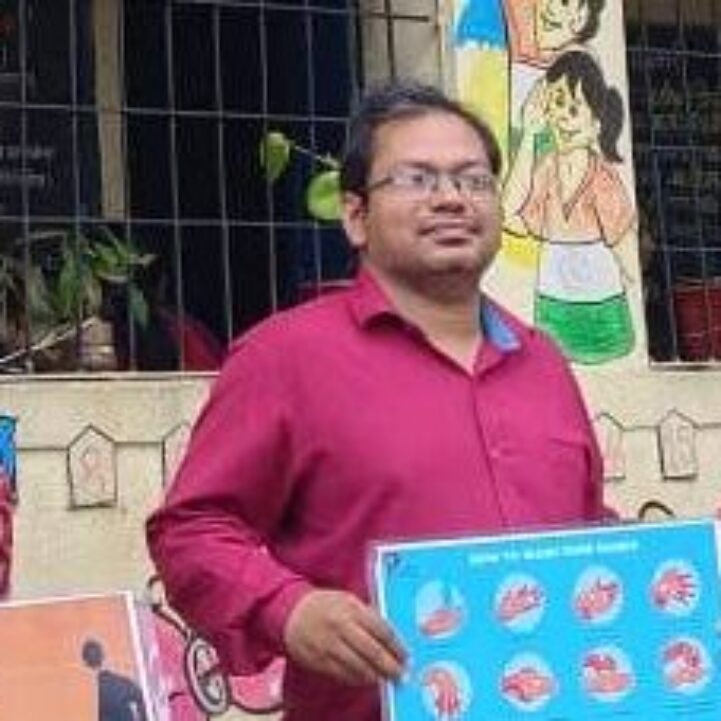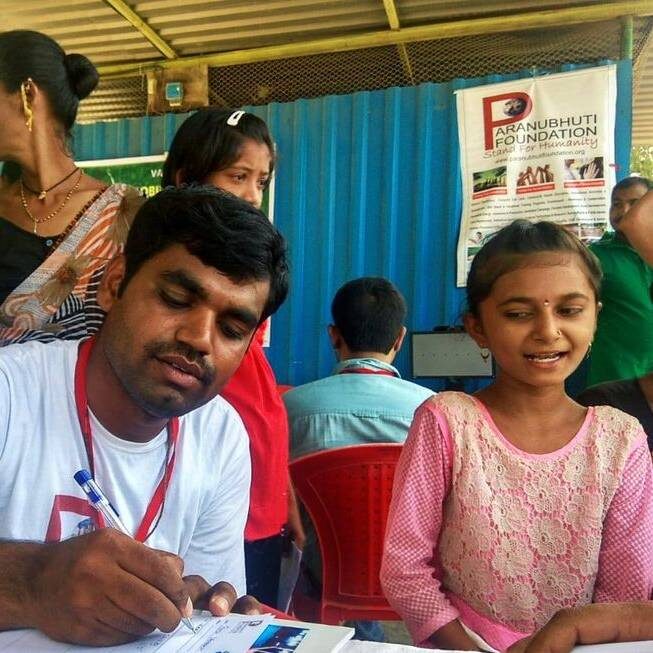Tribal Development in India

India, a country known for its cultural diversity is home to a significant number of indigenous tribes. It’s home to about 100 million tribes which is about 8% of the total population. Over the past several decades since independence, the government has recognized these tribes and understood the need for its socio-economic development while still staying true to their tradition and roots.
Historical significance
The tribal communities in our country faced historical marginalization both after and before our independence. They have had issues like Land dispossession, and access to quality healthcare and education. Though their conditions have improved since independence there still exist issues that can be improved with systemic support.
Constitutional Safeguards
The Indian Constitution recognizes the rights of tribal communities and provides safeguards to protect their interests. The Fifth and Sixth Schedules of the Constitution categorize certain areas as “Scheduled Areas” and “Tribal Areas,” respectively. These provisions aim to prevent the alienation of tribal land and ensure self-governance through the establishment of autonomous councils.
Government Initiatives
The government has taken several initiatives to safeguard their rights and uplift their quality of life. They have reserved constituencies and protected lands etc. The Ministry of Tribal Affairs was launched in 1999 to formulate plans and policies for the welfare of the community.
Education
Education is a cornerstone of tribal development. Like any other community, a vital part of uplifting or enlightening them is educating them. The government has taken initiatives like the Eklavya model initiative schools which aim at a culturally sensitive environment while also equipping them with modern knowledge.
Healthcare
Ensuring access to quality healthcare is vital for the survival of the tribal communities. Long periods of isolation can cause them to be vulnerable to communicable diseases and even common diseases such as cold can cause harm to them because of their lack of immunity. Mobile health units and telemedicine initiatives have been introduced to overcome the challenges posed by the remote geography of many tribal regions.
Livelihood and economic development
Creating sustainable Livelihood opportunities is vital for the upliftment of tribal communities from poverty and would in turn make a lot of commodities accessible to them. Certain schemes like Mahatma Gandhi national employment guarantee act exist to provide employment opportunities to the rural tribes.
Land and culture preservation
Preserving tribal land and culture can be integral to their development and representation. One very infamous move by the government which aligns with tribal land preservation would be the decision to prohibit the Sentinelese land in the Andaman and Nicobar Islands to outsiders and deciding to leave the tribes alone as they wanted to be. Several festivals and events are held to preserve and celebrate tribal culture and identity.
Challenges and the way forward
Despite significant progress, challenges persist in the field of tribal development. Several issues such as developmental projects, inadequate land rights and gaps in infrastructure continue to hold back the community.
In conclusion tribal development in India isn’t just about economic upliftment but also cultural preservation. Through targeted policies, education and awareness the tribal community can feel more inclusive. As the nation moves forward, it is essential to continue refining strategies, learning from experiences, and fostering collaboration between tribal communities and the broader society.
